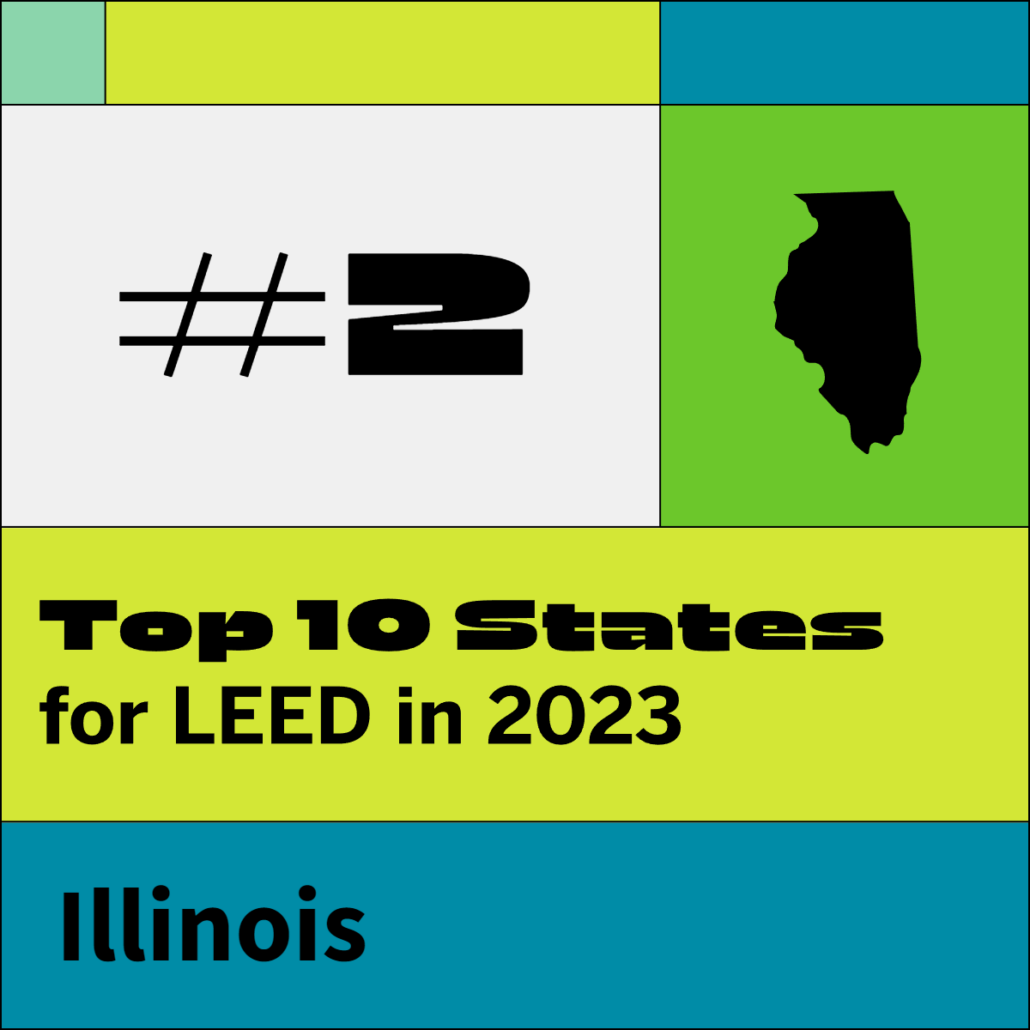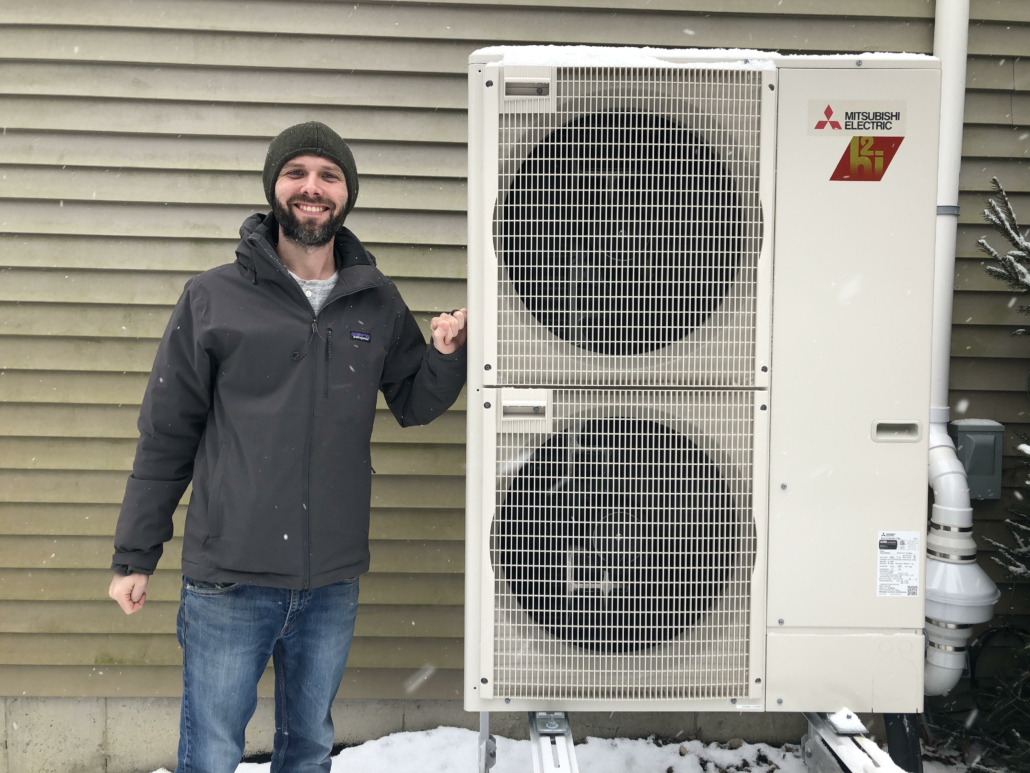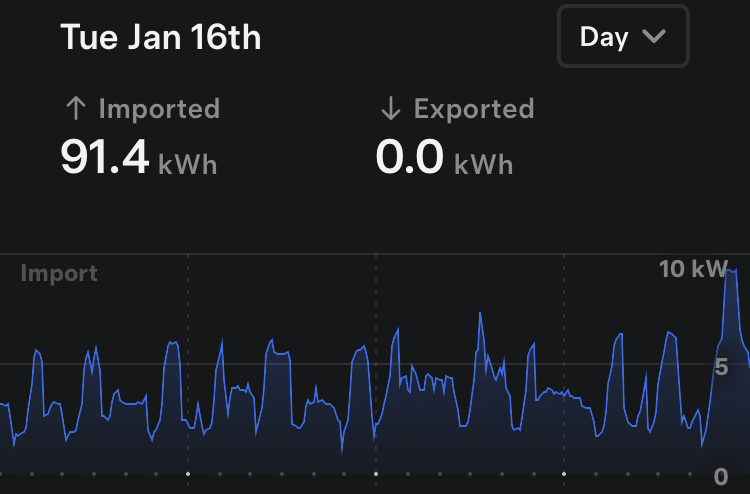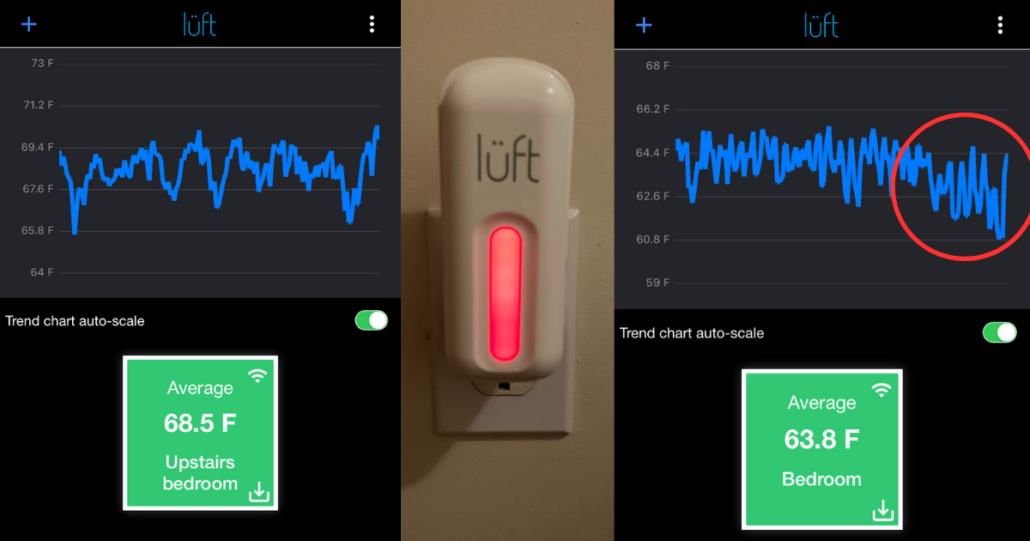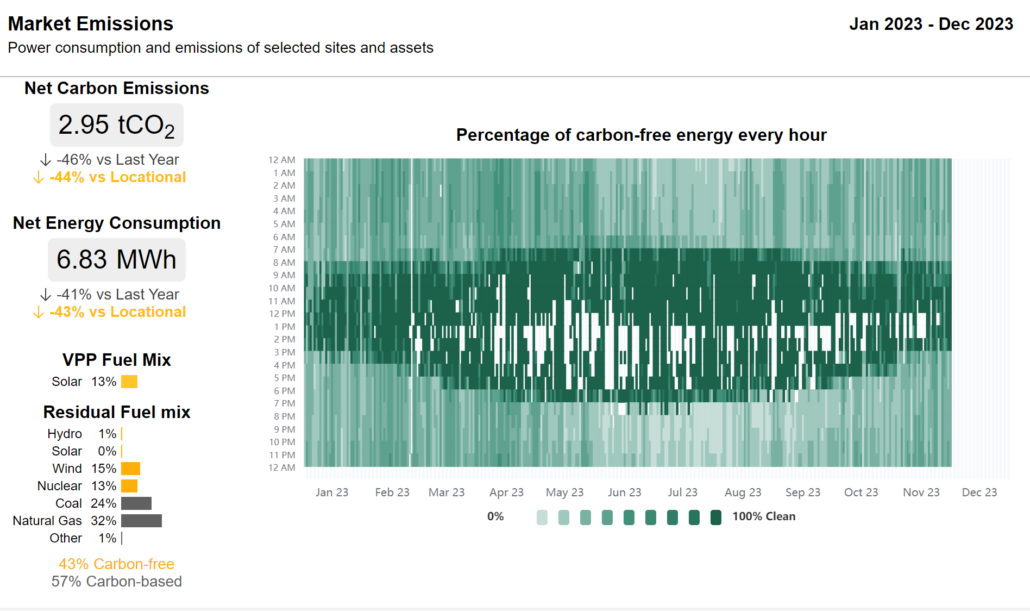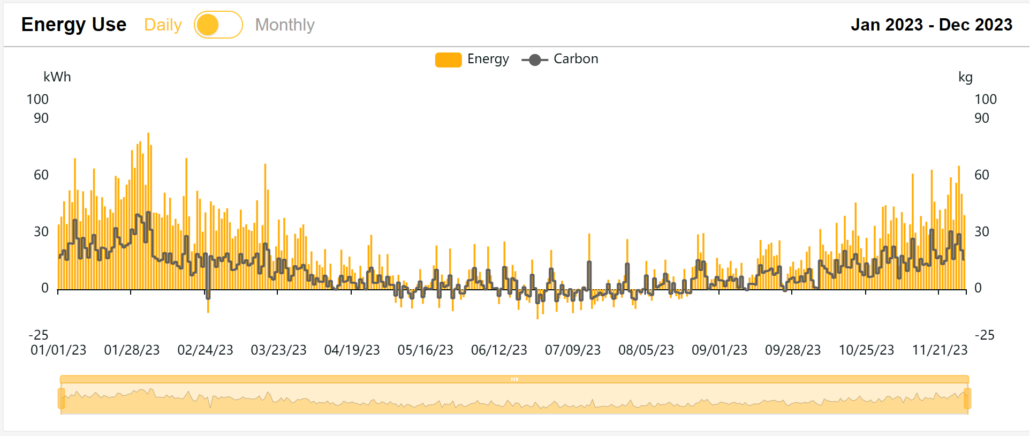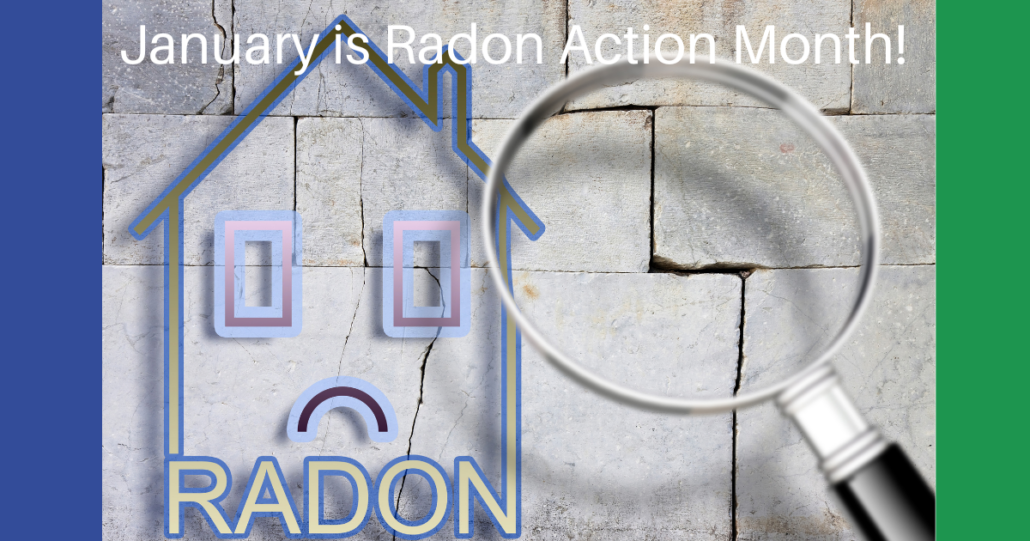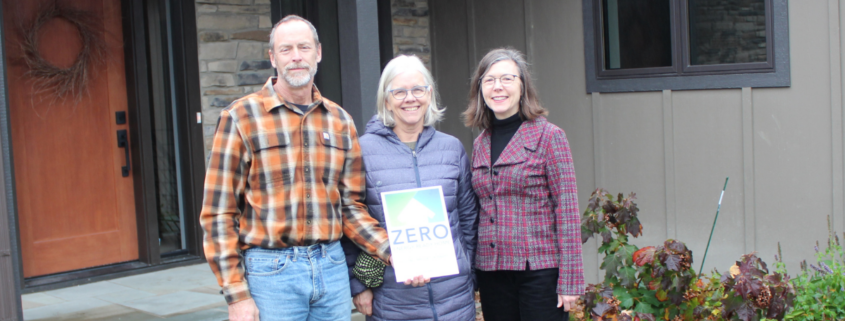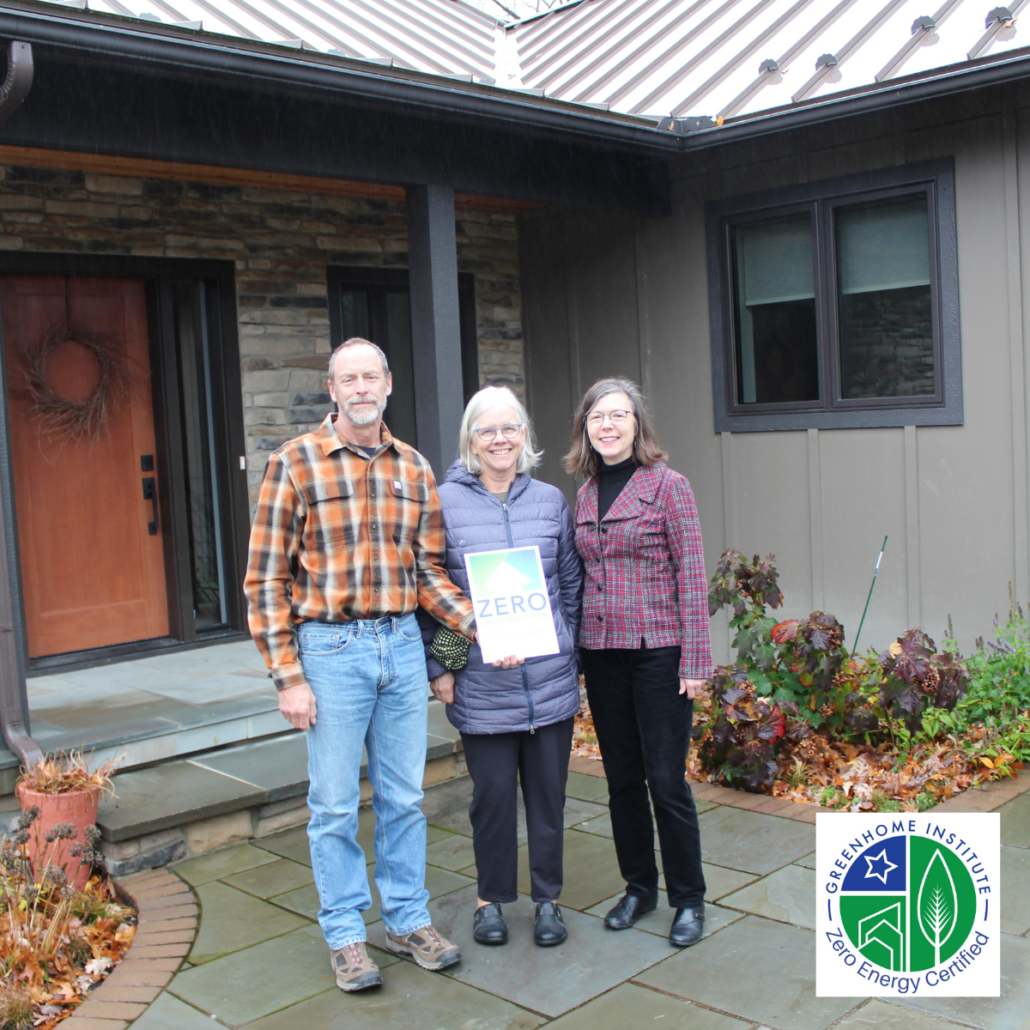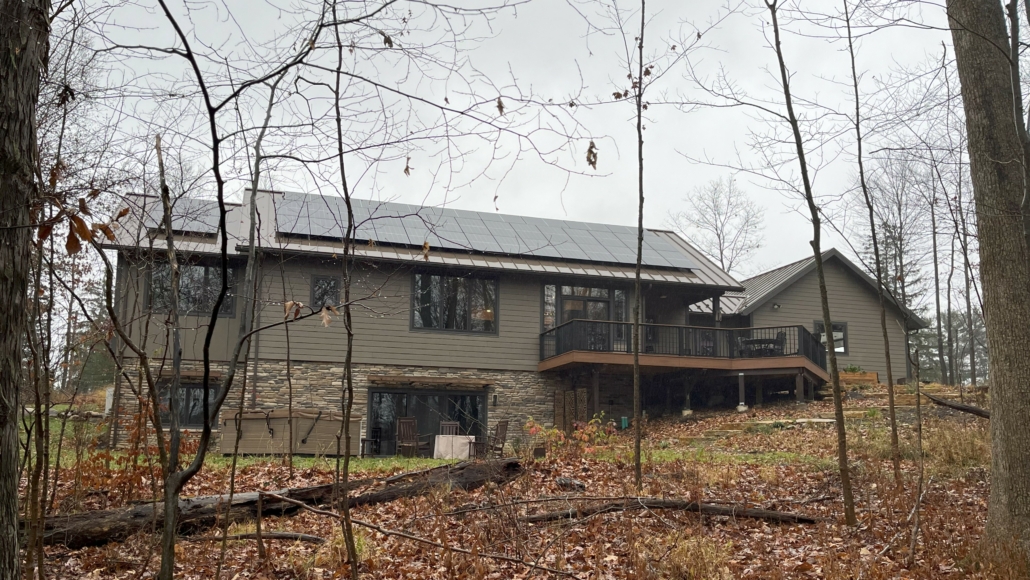The latest Green Home and Sustainability Feb 2024 Jobs round-up is out, and after seeing a dip in job openings like these the last few months, I was surprised to see how fast these types of job openings shot back up! I can barely keep up.
One of the jobs I want to highlight that I am biasedly excited about is with our SlipStream, their HVAC installation Installer. I am excited that they will oversee the MI Heat Pump Collaborative and help train HVAC here in our state to get more contractors listed as trained and engage HVAC for heat pump installs. Something that is severely lacking in our state. Learn more about the position here.
Note below that SlipStream has additional openings as well.
If you are looking to find a job in this field or even transform your current position into a sustainability position, please consider the internationally recognized sustainability credential, Green Associate. You can take our training class here on your time, any time! https://greenhomeinstitute.org/green-associate-exam-prep-course/
GHI members get free access to the training and practice exam. Below are several jobs you may be interested in applying for yourself or sharing with a friend. Follow us on Linked In at #greenhomejobalert to get real-time updates on jobs over the next months and subscribe to our newsletter to get monthly updates on jobs and all green home news.
Job Listings
GreenHome Institute Member Various positions, Slipstream, Madison WI, and remote
- Director of Green Building Services / HERS Rater and many more, New Ecology, North East US
- Various positions, Habitat for Humanity, worldwide
- Various positions, First Street Foundation, various locations
- Engineer, EGLE, Lansing MI
- Technical Specialist, Built Environments, Leland NC
- Operations General Manager in Housing and Revitalization, City of Detroit, Detroit MI
- Residential Energy Efficiency Inspector, ReVireo, PA
- Residential Energy Efficiency Inspector, ReVireo, central New Jersey
- Various positions, Zero, Denver CO
- Various positions, Rewiring America, remote
- Policy Analyst (Product), Atlas Public Policy, Washington DC or San Francisco CA
- Product Manager, Onsemble, San Francisco CA
- Various positions, Community Action Partnership, various locations
- Strategic Energy Analyst – Public Housing, Elevate, Chicago IL
- Housing Rehabilitation Specialist, Kent County Community Action, Grand Rapids MI
- National Sales Representative – Single Family Envelope, aeroseal, US
- Various positions, Solar Energy Industries Association, Washington DC
- Various positions, Walker-Miller Energy Services, MI and IL
- Intern – Real Estate Equity, Enterprise Community Partners, US
- VP of Operations, American Solar and Roofing, Phoenix AZ
- Founding Engineer – Software Developer, Elephant Energy, Denver CO
- Senior Sustainability Specialist, Mercy Housing, Denver CO or Sacramento CA
- Environmental Conservation Program Manager, City of Austin, Austin TX
- Project Specialist – Affordable Housing, Hooker DeJong, remote
- Various positions, Building Decarbonization Coalition, various locations
- Resiliency Officer, Washtenaw County Michigan, Ann Arbor MI
- Staff Accountant, Green and Healthy Homes Initiative, Baltimore MD
- Construction Project Manager, PureSky Energy, New York NY
- Sr Specialist/Associate Programs Manager – Building Electrification, Peninsula Clean Energy, Redwood City CA
- Buildings Director, American Council for an Energy Efficient Economy, Washington DC or remote
- Home Energy Program Analyst, Public Service Commission of Wisconsin, Madison WI
- Building Codes & Policy Associate, Midwest Energy Efficiency Alliance, Chicago IL
- Customer Success Manager, Channing St. Copper Co., Berkeley CA
- Architect, Ingui Architecture, New York NY
- Business Development Representative, Ekotrope, Boston MA
- Director, Environmental Justice, Community Health, and Environmental Review Division, US Environmental Protection Agency, Seattle WA
- Green Building Field Analyst, Oxalis Advisors LLC, Washington DC
- Senior Manager, Curriculum and Training (Affordable Housing and Construction), NeighborWorks America, Washington DC
- US MgO Company
- Building Performance Institute, Tech Relations Rep, REMOTE
- Good Leap, Director of Policy, REMOTE
- Chief Resilience & Sustainability Officer, City of Birmingham AL

